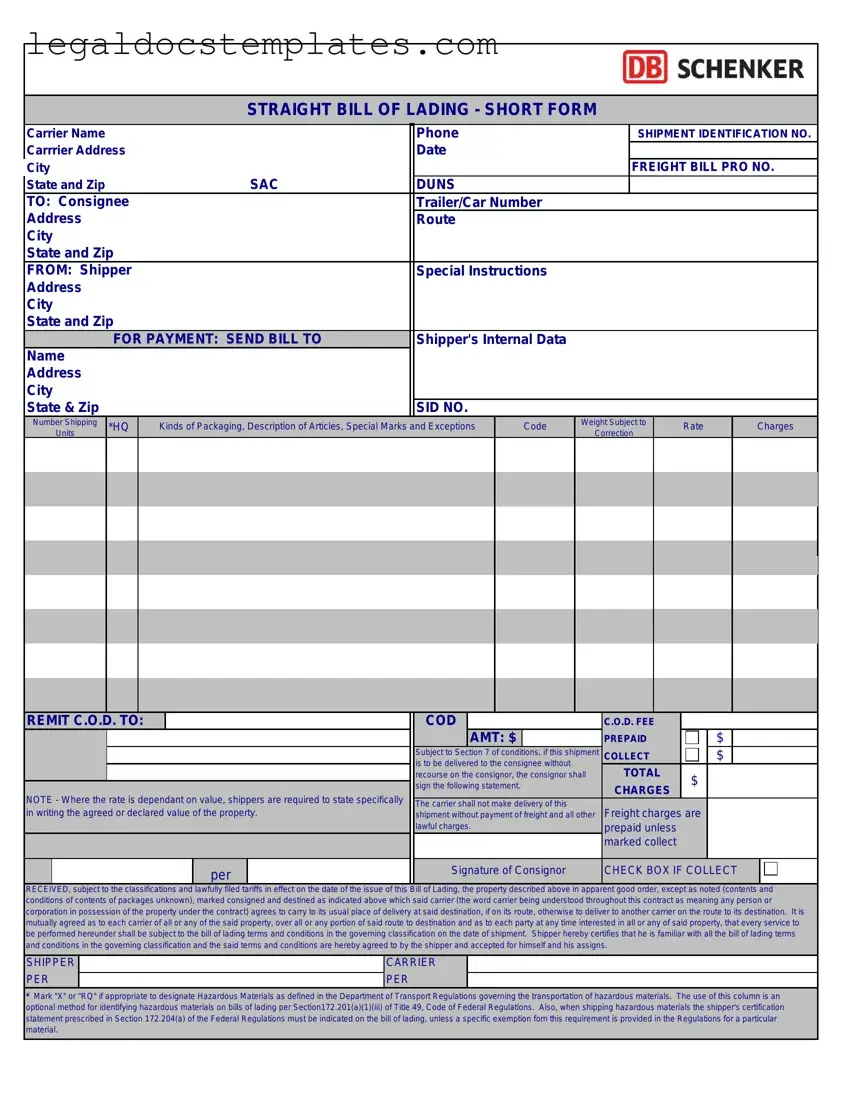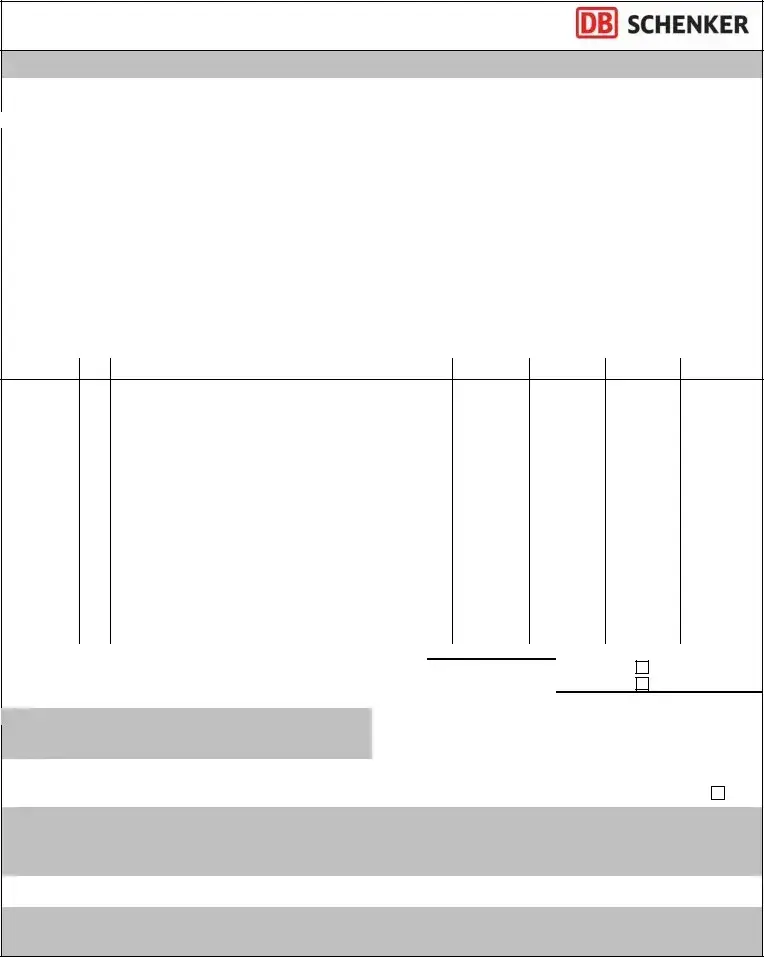The Order Bill of Lading is quite similar to the Straight Bill of Lading, primarily because both serve as essential documents in the shipping industry, outlining the terms of carriage and serving as receipts for goods shipped. Where they differ significantly, however, is in the flexibility they offer regarding the delivery of goods. An Order Bill of Lading can be endorsed over to another party, making it negotiable and allowing the ownership of the goods to be transferred while they are in transit. This contrasts with the Straight Bill of Lading, which is non-negotiable and requires goods to be delivered to the specific consignee named in the document.
A Warehouse Receipt bears resemblance to the Straight Bill of Lading in that both are receipts indicating the holder is in possession of certain goods. The Warehouse Receipt, utilized within the storage industry, acknowledges that specific goods are being stored in a designated location under certain conditions. Though the context differs—storage vs. shipment—both documents play a critical role in acknowledging the possession and terms of handling of the goods entrusted to the care of another party.
The Sea Waybill is another document similar to the Straight Bill of Lading, with its primary function being to document the carriage of goods by sea. Like the Straight Bill of Lading, a Sea Waybill provides evidence of a contract of carriage and details about the goods being shipped. However, it is non-negotiable and does not serve as a document of title to the goods, allowing for quicker release of cargo upon arrival since no original document needs to be presented to take possession.
An Air Waybill (AWB) operates in the air freight sector in a manner akin to the Straight Bill of Lading's function in sea freight. It acts as a receipt for goods, a contract of carriage, and a document that can be used for customs declaration. The key difference lies in the mode of transport, with the AWB being used for air cargo. Like the Straight Bill of Lading, it is non-negotiable, which means it specifies a particular consignee to whom the goods are to be delivered.
The Bill of Exchange presents an interesting comparison to the Straight Bill of Lading, primarily because it is used in the financial sector to order the payment of a specified sum of money, rather than detailing the carriage of goods. Despite this fundamental difference, both documents facilitate crucial aspects of trade transactions—the Bill of Exchange in financial terms by facilitating payments, and the Straight Bill of Lading in logistical terms by ensuring the delivery of goods.
Finally, the Multimodal Transport Document (MTD) shares similarities with the Straight Bill of Lading, as it is used when multiple modes of transportation are involved in shipping goods from one location to another. This document serves as a contract for the carriage of goods, combining features of sea, land, and air freight documents into one. Like the Straight Bill of Lading, it outlines the terms under which goods are transported and received, albeit across various transport sectors, making it a versatile document for global trade logistics.

